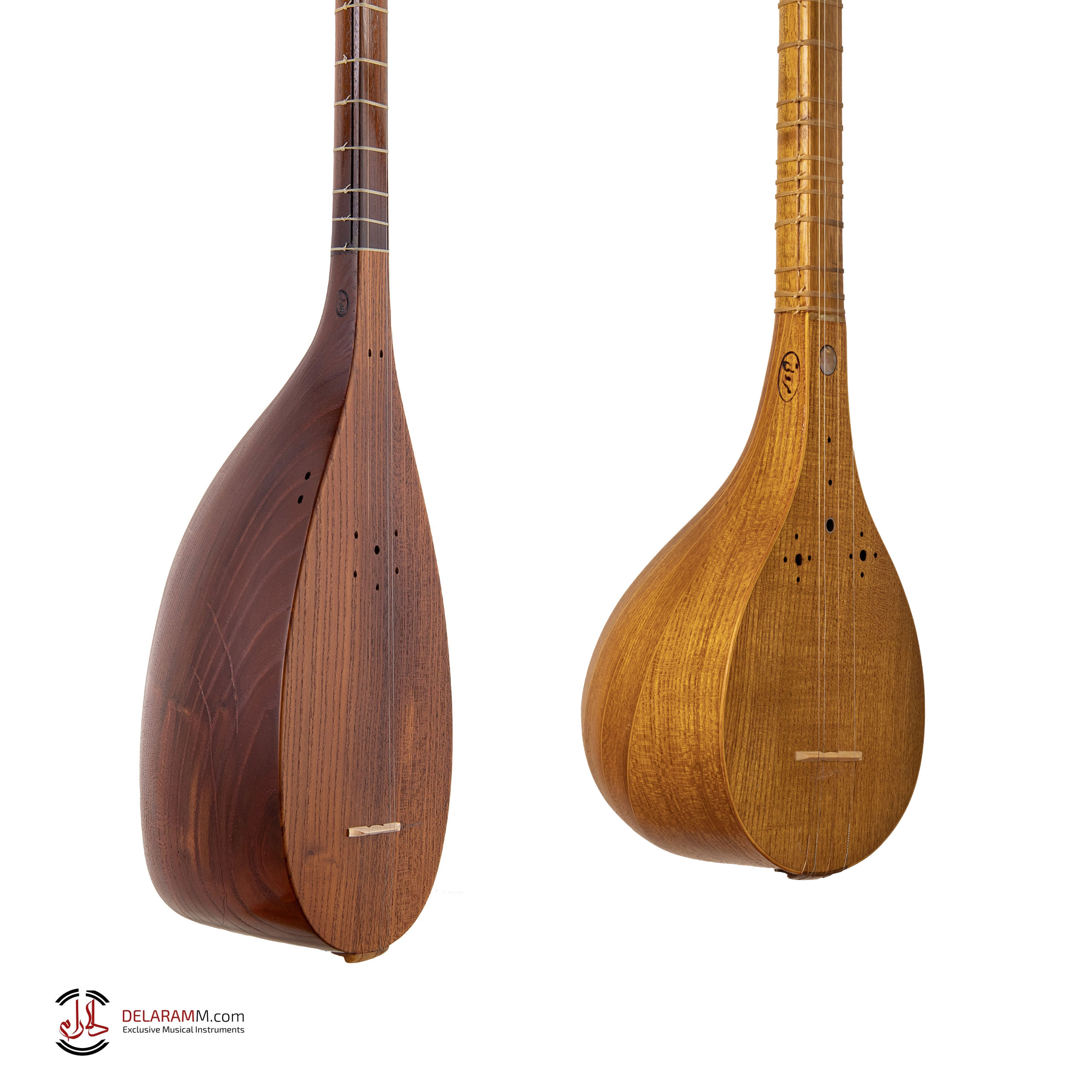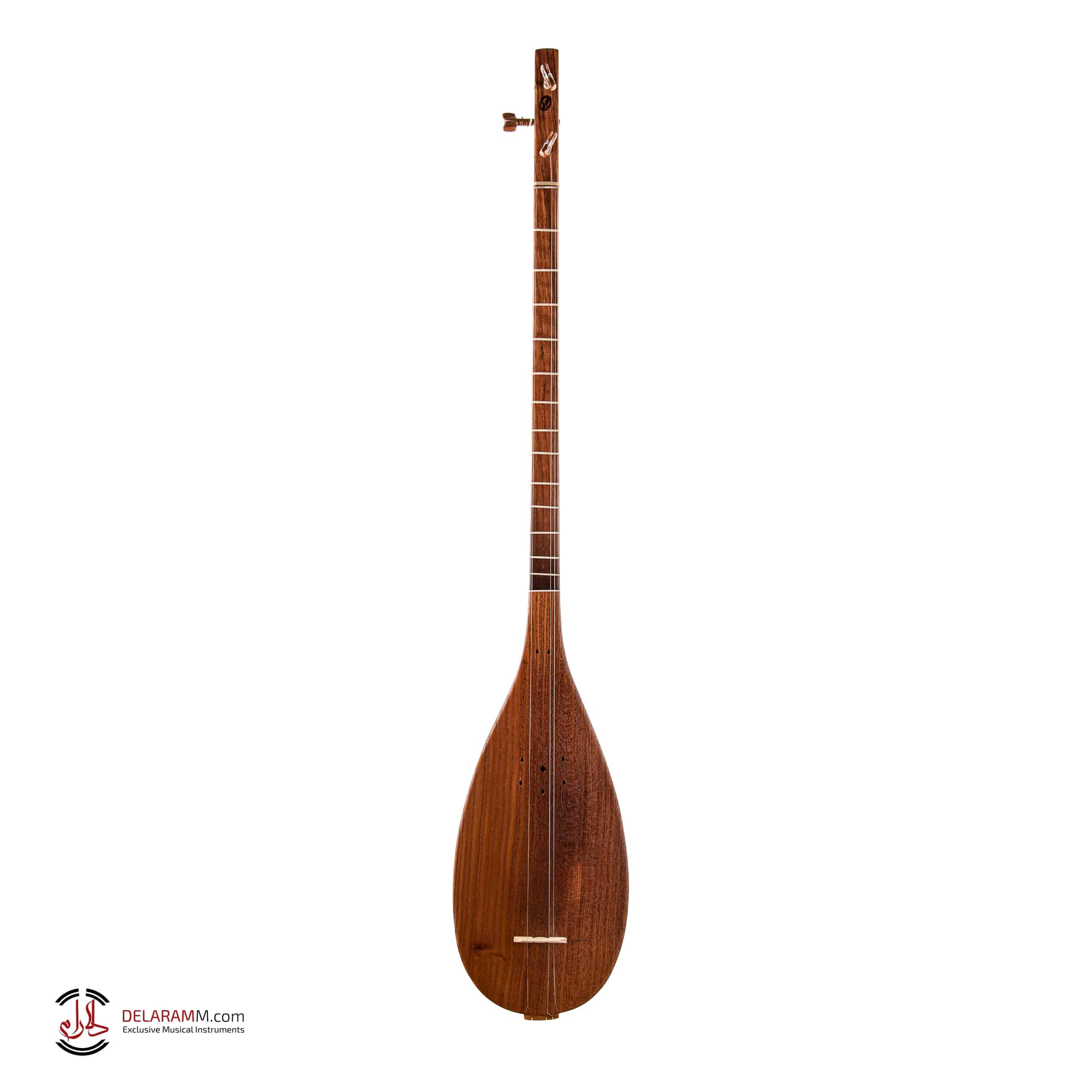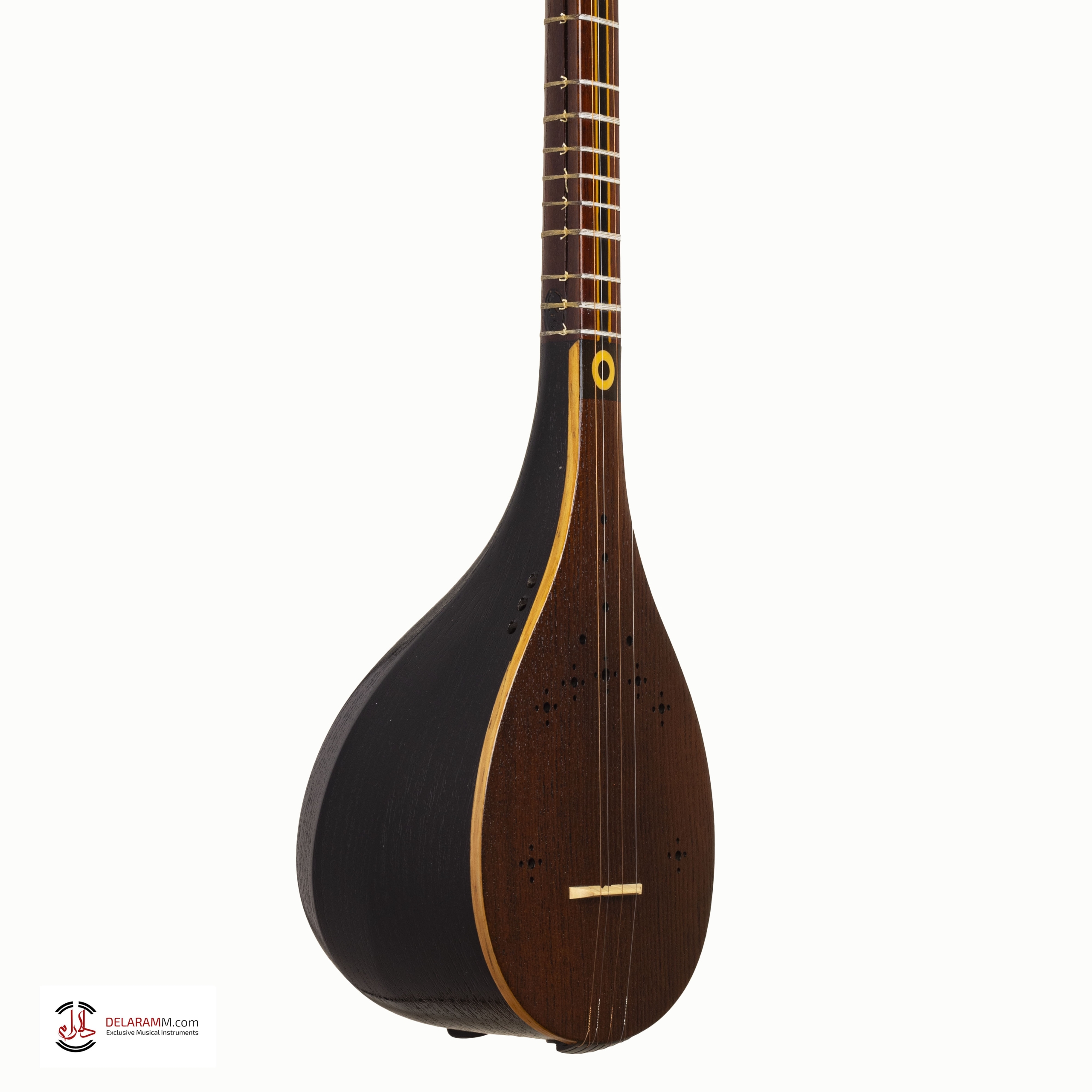Setar vs Tanbur: Understanding the Key Differences
Setar (also spelled Setaar) and Tanbur are traditional musical instruments with deep roots in Iran and the Middle East. While their similar appearances often lead to confusion, each instrument has distinct characteristics, structural differences, and unique musical qualities. This article provides an in-depth comparison to help you understand these two fascinating instruments.
History of Setar and Tanbur
The Setar dates back to ancient Iran, with its origins linked to the broader Persian musical tradition. A 3,500-year-old clay statue found in the Choqa Zanbil temple in Iran’s Khuzestan province depicts a musician playing an instrument resembling the Setar. Medieval scholars such as Farabi also documented both the Setar and the Tanbur in their musical treatises.
Both instruments belong to the family of long-necked lutes and are played by plucking strings to produce melodious tones. While the Setar is commonly associated with Persian classical music, the Tanbur has a more widespread presence in Persian, Turkish, and Kurdish folk traditions.
The Structure of Setar
Belonging to the stringed musical instrument family, the Setar produces sound when the musician strums its strings and manipulates pitch by moving fingers along the strings. Its structure bears a resemblance to the guitar, yet it possesses distinct nuances in terms of sound production and playing techniques. Setaar
Contrary to the literal translation of “Setaar” in Persian, which means “Three Strings,” the instrument, in fact, comprises four bronze and steel strings. Each string extends from the resonating body (the bowl) to the neck, producing a distinct sound upon being plucked.
Key Components of a Setar:
- Bowl (Kase): Made of mulberry or walnut wood, shaped like a pear, and typically between 12 to 30 cm in diameter.
- Soundboard (Safhe): A thin wooden board with holes for sound resonance.
- Neck (Dasteh): Supports the strings and allows pitch manipulation.
- Strings (Sime-ha): Four strings with different tonal characteristics.
- Frets (Pardeh): Gut or silk strips that alter pitch; usually 25 to 28 frets.
- Bridge (Kharak) and Nut (Sheytanak): Hold the strings in place and influence sound projection.
String Arrangement in Setar:
- First String (Steel, Silver/White): Produces sharp tones.
- Second String (Bronze, Yellow/Brown): Produces tremolo sounds.
- Third String (Steel, Silver/White): Produces trill sounds.
- Fourth String (Bronze, Yellow/Brown): Produces flatter tones.
Tanbur: An Overview
Much like the Setar, the Tanbur belongs to the family of stringed musical instruments. It shares a similar structural design with the Setaar, which often leads to misrecognition. However, the Tanbur is characterized by a larger bowl and fewer strings, typically two or three, as opposed to Setar’s four. Consequently, it yields louder, higher pitch, and more sonorous notes compared to the Setaar. As a central element of Persian, Turkish, and Arabian poetry, the Tanbur plays a significant role in Iranian gatherings and celebrations.
Constructed with a pear-shaped bowl usually made of Mulberry or Walnut wood, the Tanbur’s bowl is often built as a singular structure, facilitating louder sound projection. Additionally, the Tanbur’s handle is typically longer than that of the Setar, sometimes reaching up to 80 centimeters. The elongated string length allows for greater resonance and pitch control. However, it also necessitates heightened skill to maneuver the notes due to the increased string length.
The Structure of Tanbur
The Tanbur, though similar in design to the Setar, features a larger bowl and typically has two or three strings, resulting in a louder and more resonant sound.
Key Characteristics of Tanbur:
- Larger Bowl: Made from a single piece of mulberry or walnut wood, designed for enhanced resonance.
- Longer Neck: Often reaching up to 80 cm, allowing for a deep, rich sound.
- Frets: Usually 12 to 14, providing a simpler tonal range compared to the Setar.
- Strings: Typically two or three, producing more distinct, higher-pitched tones.
Distinguishing Between Tanbur and Setar
The most noticeable difference between the Setar and Tanbur lies in their string count. The Setar, with its four strings, allows for a more intricate musical system, while the Tanbur typically has two or three strings, making its music simpler but more resonant. In addition to the string count, the following features distinguish the two instruments:
- String Length and Handle: The Setar’s shorter handle produces sharper and more intricate sounds, while the Tanbur’s longer handle allows for a deeper, more resonant tone but requires greater skill to master due to the increased string length.
- Bowl Size and Sound: The Setar’s smaller bowl produces a more subtle sound, blending harmoniously with other instruments, while the Tanbur’s larger bowl generates louder and more distinct notes, often standing out in a performance.
- Fret Count: The Setar has 25 to 28 frets, providing more precise pitch control, while the Tanbur typically features 12 to 14 frets, offering a simpler approach to pitch modulation.
Comparison of Setar and Tanbur
| Feature | Setar | Tanbur |
|---|---|---|
| Number of Strings | 4 | 2 or 3 |
| String Material | Steel and Bronze | Steel and Bronze |
| Bowl Shape | Pear-shaped, often made from multiple parts | Pear-shaped, typically made from a single piece |
| Bowl Material | Mulberry or walnut wood | Mulberry or walnut wood |
| Bowl Size | 12 to 30 cm in diameter, 12 to 15 cm depth | Larger than Setar, designed for louder sound |
| Handle Length | Shorter than Tanbur | Longer, up to 80 cm |
| Fret Count | 25 to 28 | 12 to 14 |
| Tone | Sharp, intricate, nuanced | Louder, more resonant, higher-pitched |
| Sound Quality | Softer, blends with other instruments | Stands out, more distinct in performance |
| Playing Technique | Requires precise finger placement for pitch control | Requires skill to manage longer strings |
| Cultural Significance | Central to Persian classical music | Integral to Persian, Turkish, and Arabian poetry and rituals |
| Use in Performance | Often used in ensembles, more refined sound | Often featured solo or in spiritual gatherings |
You can also like: Setar vs Sitar
Tanbur and Setaar: Aesthetic and Cultural Significance
From an aesthetic standpoint, both the Tanbur and Setaar exude an unmistakable elegance in their design, underscoring a rich heritage of craftsmanship and mastery in luthiery. Their characteristic pear-shaped bodies, coupled with the fine timber selection, evoke a sense of refinement and cultural pride, while their melodious sounds stir emotions and tell stories of an ancient civilization.
Beyond mere aesthetics, these instruments occupy a hallowed space in the socio-cultural fabric of Iran and the broader Middle Eastern region. Their sounds have echoed through the corridors of time, bearing witness to countless historical events and societal transitions. They’ve been the soundtrack to life’s milestones and communal gatherings, imparting a profound resonance that transcends mere auditory experience.
Purchasing a Setaar or Tanbur
Our store offers a wide range of Setars and Tanburs. To purchase your preferred musical instrument, visit the ‘Shop’ section of our website. For additional guidance, don’t hesitate to contact us. We offer consultation services to assist you in choosing between a Setaar and a Tanbur. Moreover, we provide international shipping to accommodate customers worldwide.
FAQ: Setar vs Tanbur
1. What is the main difference between Setar and Tanbur?
The primary difference between the Setar and Tanbur lies in the number of strings and the size of the instrument. The Setar has four strings, while the Tanbur typically has two or three. Additionally, the Tanbur is larger and produces a louder, more resonant tone, whereas the Setar has a more intricate and nuanced sound.
2. How many frets does each instrument have?
The Setar typically features 25 to 28 frets, providing finer control over pitch and sound. In contrast, the Tanbur has 12 to 14 frets, offering a simpler approach to pitch modulation.
3. Which instrument is more difficult to play, Setar or Tanbur?
The Setar is generally more challenging to play due to its smaller size, more complex fret system, and four strings, requiring precise finger placement and control. The Tanbur, while still requiring skill, is simpler in structure and easier to play because of its fewer strings and larger size.




